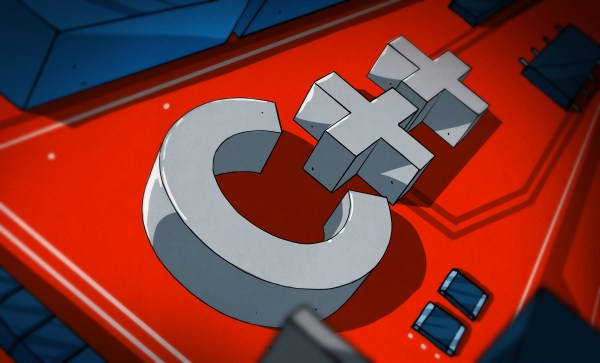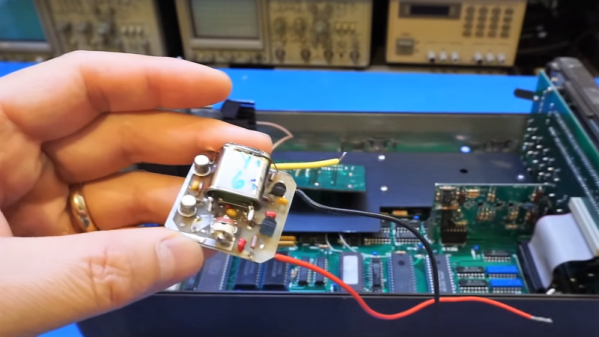It’s about time! Or maybe it’s about time’s reciprocal: frequency. Whichever way you see it, Hackaday is pleased to announce, just this very second, the 2025 One Hertz Challenge over on Hackaday.io. If you’ve got a device that does something once per second, we’ve got the contest for you. And don’t delay, because the top three winners will each receive a $150 gift certificate from this contest’s sponsor: DigiKey.
What will you do once per second? And how will you do it? Therein lies the contest! We brainstormed up a few honorable mention categories to get your creative juices flowing.
- Timelords: How precisely can you get that heartbeat? This category is for those who prefer to see a lot of zeroes after the decimal point.
- Ridiculous: This category is for the least likely thing to do once per second. Accuracy is great, but absurdity is king here. Have Rube Goldberg dreams? Now you get to live them out.
- Clockwork: It’s hard to mention time without thinking of timepieces. This category is for the clockmakers among you. If your clock ticks at a rate of one hertz, and you’re willing to show us the mechanism, you’re in.
- Could Have Used a 555: We knew you were going to say it anyway, so we made it an honorable mention category. If your One Hertz project gets its timing from the venerable triple-five, it belongs here.
We love contests with silly constraints, because you all tend to rise to the challenge. At the same time, the door is wide open to your creativity. To enter, all you have to do is document your project over on Hackaday.io and pull down the “Contests” tab to One Hertz to enter. New projects are awesome, but if you’ve got an oldie-but-goodie, you can enter it as well. (Heck, maybe use this contest as your inspiration to spruce it up a bit?)
Time waits for no one, and you have until August 19th at 9:00 AM Pacific time to get your entry in. We can’t wait to see what you come up with.



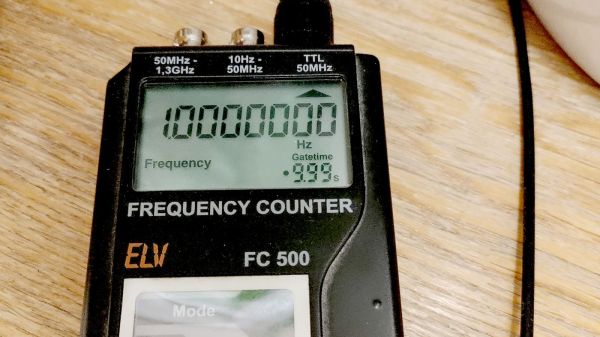
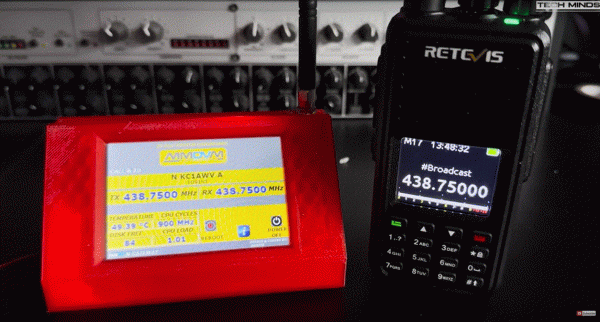
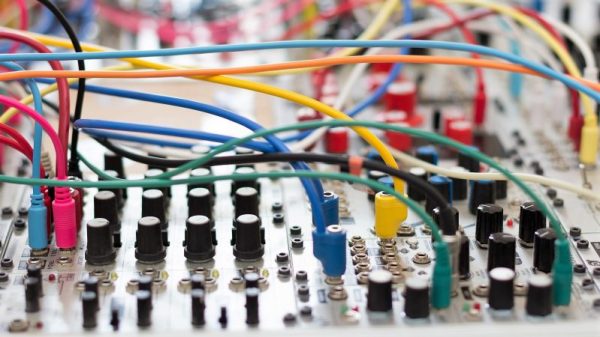

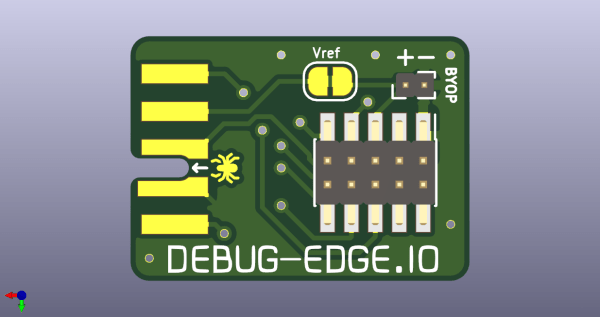
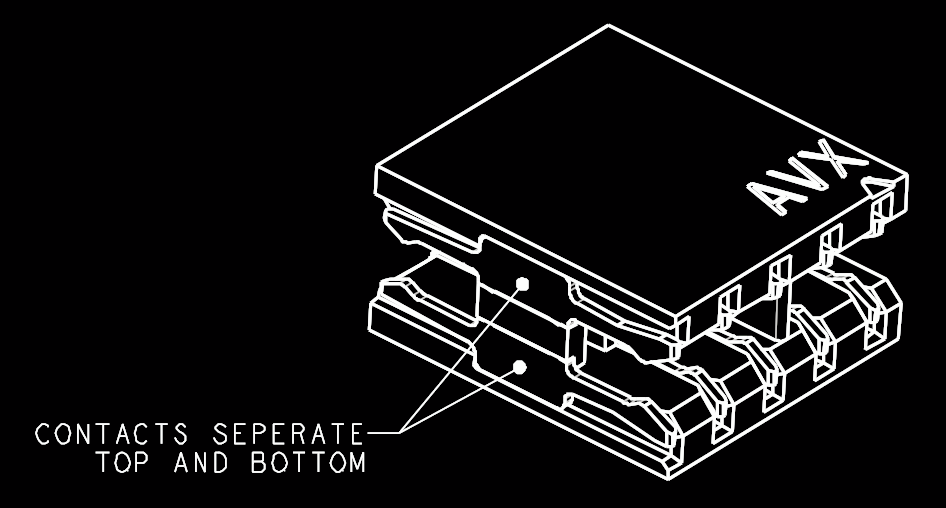 The name “Debug Edge” says it all. It’s a debug, edge connector. A connector for the edge of a PCBA to break out debug signals. Card edge connectors are nothing new but they typically either slot one PCBA perpendicularly into another (as in a PCI card) or hold them in parallel (as in a mini PCIe card or an m.2 SSD). The DebugEdge connector is more like a PCBA butt splice.
The name “Debug Edge” says it all. It’s a debug, edge connector. A connector for the edge of a PCBA to break out debug signals. Card edge connectors are nothing new but they typically either slot one PCBA perpendicularly into another (as in a PCI card) or hold them in parallel (as in a mini PCIe card or an m.2 SSD). The DebugEdge connector is more like a PCBA butt splice.